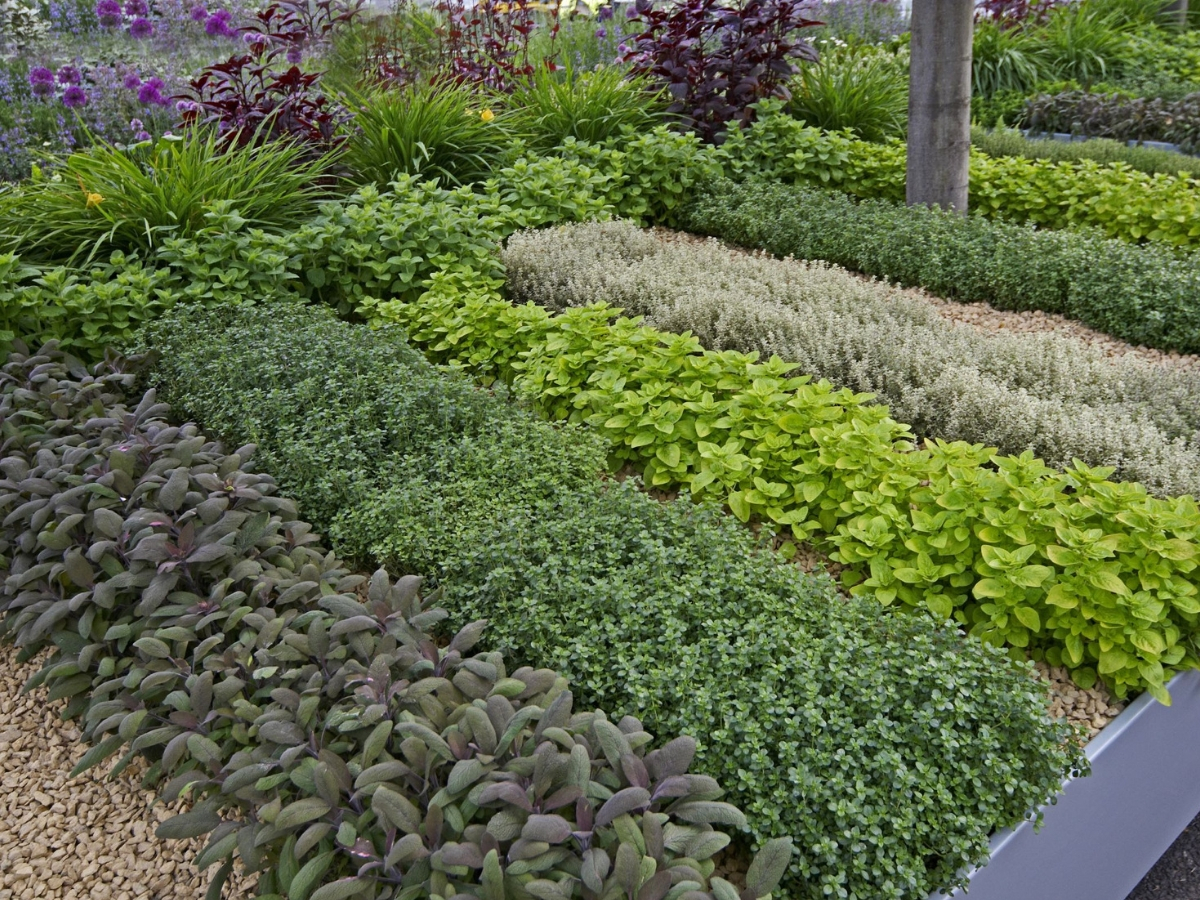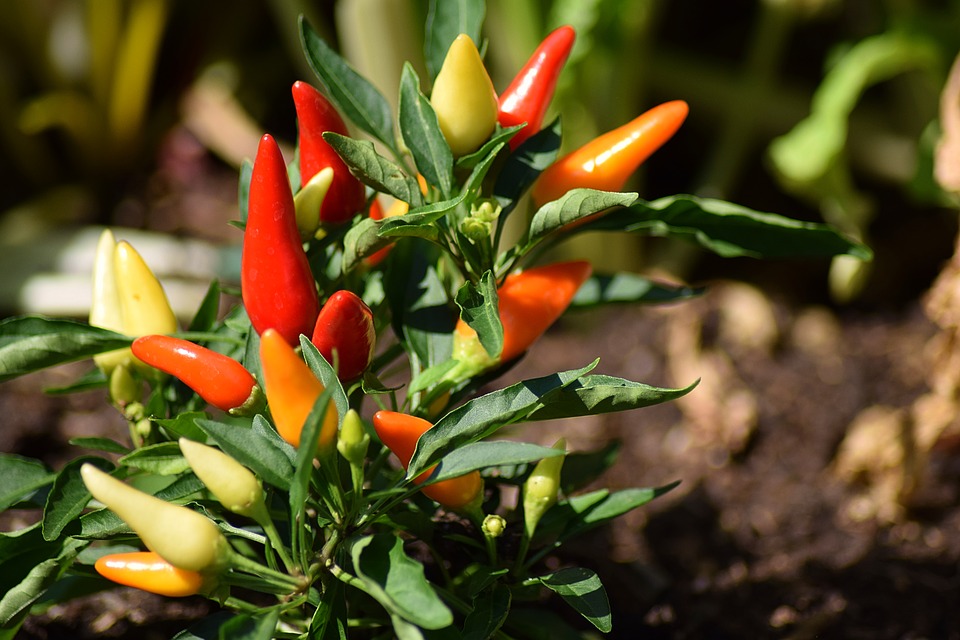I recently read a book that talked about the medical benefits of vegetables and fruits, which made me think of the different aspects of how useful these things are for the human body. As an important part of your daily diet, they are naturally good and contain vitamins and minerals that help make you healthy. Some can protect you against diseases. Most people benefit from eating more fruit and vegetables due to a well-balanced, regular diet and a healthy and active lifestyle.
It is quite normal to see that the food we consume is nothing close to nature, and most grocery store shelves are filled with processed foods with preservatives and additives that are nowhere to be found in the dictionary. These foods can be troublesome to your health, turning into diseases like obesity, heart disease, diabetes, and other metabolic diseases.
If you are someone who is trying to get back to healthy living and eating or someone who want to eat fruits and vegetables, then here are some benefits:
1. Packed with vitamins and minerals, fruits and vegetables are excellent sources that you will not find in other foods rich in vitamins A, C, and E, magnesium, zinc, phosphorus, and folic acid. For potassium, one of the essential minerals for your health, eat lots of avocados, sweet potatoes, bananas, prunes, and even tomato puree.
2. You can enjoy a wide variety of flavors and textures. With all their unique and interesting flavors, plant-based foods allow you to be creative in the kitchen. You can try intense flavors like onions, olives, peppers, or milder options like mushrooms and corn. For sweet flavors, fruits like pineapple, grapes, or plums are excellent, while lemons and grapefruit are more acidic.
3. Lots and lots of fiber. Most fruits and vegetables contain a lot of fiber to fuel up and improve gut health, but some have more fiber than others. Fiber-rich vegetables include artichokes, green peas, broccoli, and cauliflower. Fruits high in fiber include raspberries, pears, apples, and pumpkin.
4. They are low in calories and low in fat. On average, fruits and especially vegetables are very low in calories and fat, which means that you can eat more to feel full without worrying about extra calories or fat. You can save over 200 calories by eating half a cup of grapes versus a quarter cup of M&Ms. That said, there are exceptions, such as avocados, olives, and coconuts.
5. Protect against cancer and other diseases. Many vegetables and fruits contain phytochemicals, which are biologically active substances that can protect against certain conditions. This means that you can reduce your risk of type 2 diabetes, stroke, heart disease, high blood pressure, and cancer by adding them to your diet. Vegetables that are particularly cruciferous, such as broccoli, cabbage, collard greens, and watercress, have been linked to reduced cancer risk.
6. 6. Fruits and vegetables help you stay healthy. Because they are low in saturated fat, salt, and sugar, fruits and vegetables are part of a balanced diet that can help you lose weight or prevent weight gain. Also, they can help reduce inflammation and lower cholesterol and blood pressure.
7. They are low in sodium and cholesterol. Fresh fruits and vegetables contain only trace amounts of sodium. Many people think celery is high in sodium, but one stalk contains only 30 mg of sodium, which is 1% of the recommended daily value. Cholesterol does not exist at all in fruits and vegetables.
8. Fresh, frozen, canned, dried – they are ALL nutritious. If you prefer fresh fruits and vegetables, there isn’t much difference from a nutritional perspective when comparing frozen, canned, or dehydrated products. Most frozen and canned products are processed within hours of being harvested, so you can quickly determine their nutritional value.
9. Convenient, quick, and accessible. Unlike granola bars or crackers, many fruits and vegetables don’t need to be packaged. So you can easily pick up a banana or apple on the way out.
10. And last but not least, smoothies! If you have a blender, all you need is a piece of fruit and ice to make a delicious smoothie using all your favorite flavors. And here’s a tip: when you make a fruit smoothie, feel free to add as much fresh spinach as you like. Spinach only starts to taste like “spinach” when you cook it. Even kids can’t tell the difference!


